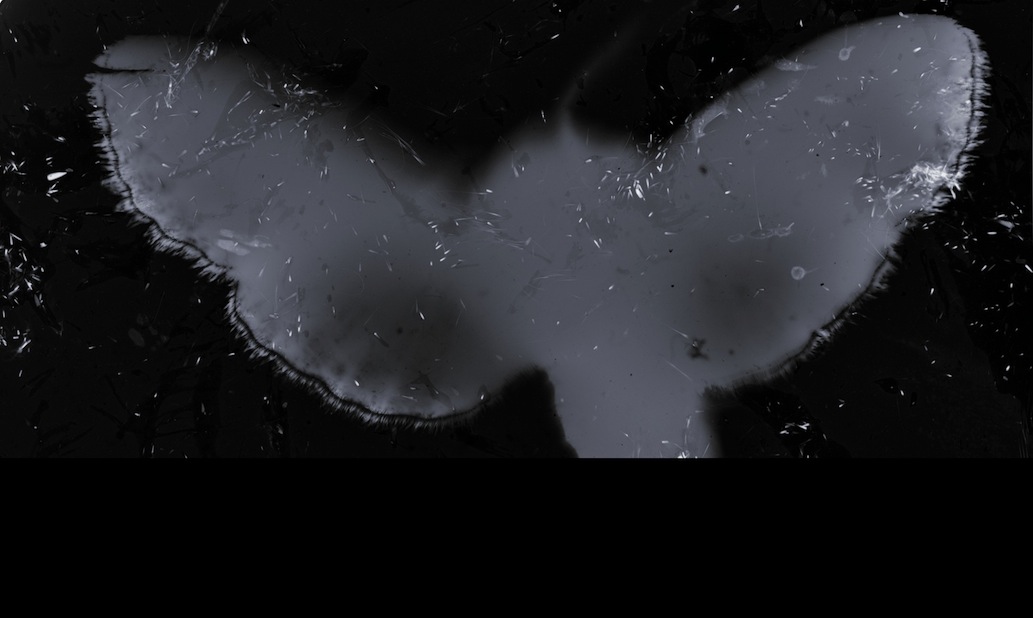Embracing the ineffable: landscape art, gesture and environmental ethics.
DOI:
https://doi.org/10.60162/swamphen.3.10608Keywords:
environmental philosophy, environmental ethics, seinsfrage, phenomenology, Heidegger, values, middle voiceAbstract
I explore the interrelationships between environmental ethics and landscape art. An environmental ethic has long proven to be elusive, and I make the case that this is because it has been mistakenly viewed as an addendum to our established ethical systems, wherein some particular notion of value will serve as its basis. Affirming Taylor’s insight that our deeper values are those we find most difficult to articulate, I make the case that this inarticulacy is something we ought to embrace. Seeking to identify or specify environmental values is counterproductive, and if we are to succeed in arriving at an environmental ethic, then we must chart a very different course. The starting point is to return to fundamental questions, indeed to the most fundamental of them all, the Question of Being as Heidegger formulated it. Gesturing turns out to be the key to a middle-voiced engagement with the natural world that brings this question to life. Landscape art, whether verbal or visual, has an indispensible role to play in this endeavour: being the leading edge in our gradual maturing towards an ecological ethic, it has its basis in an engagement with our deeper, more inchoate values, and environmental philosophy finds its rightful place by following in its wake.Downloads
Published
2013-12-05
Issue
Section
Poetry and Poetics
License
Authors who publish with this journal agree to the following terms:- Authors retain copyright and grant the journal right of first publication with the work simultaneously licensed under a Creative Commons Attribution License that allows others to share the work with an acknowledgement of the work's authorship and initial publication in this journal.
- Authors are able to enter into separate, additional contractual arrangements for the non-exclusive distribution of the journal's published version of the work (e.g., post it to an institutional repository or publish it in a book), with an acknowledgement of its initial publication in this journal.
- Authors are permitted and encouraged to post their work online (e.g., in institutional repositories or on their website) prior to and during the submission process, as it can lead to productive exchanges, as well as earlier and greater citation of published work (See The Effect of Open Access).

